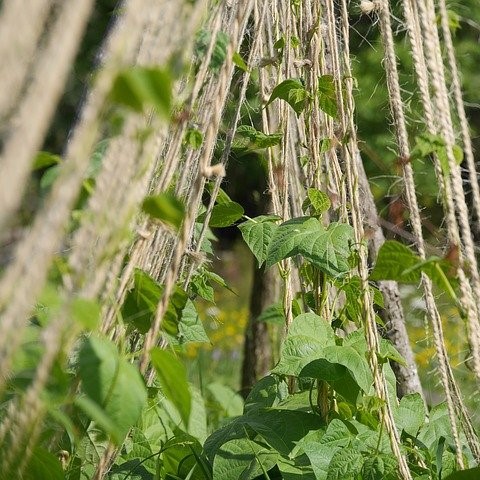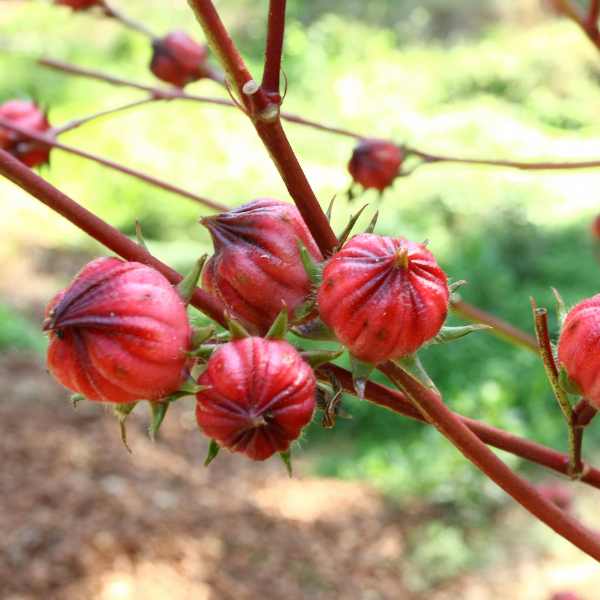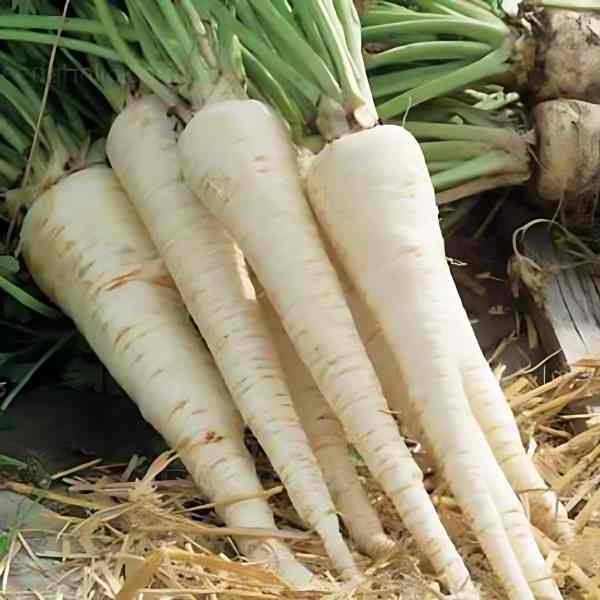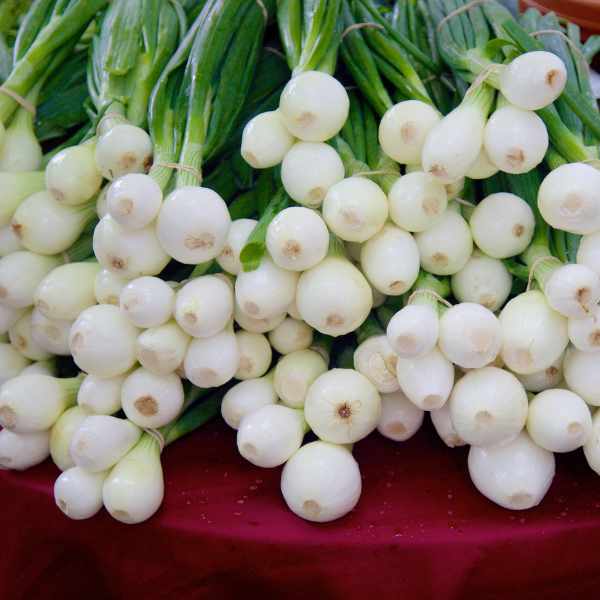Tomato Pimpinellifolium, The Wild One
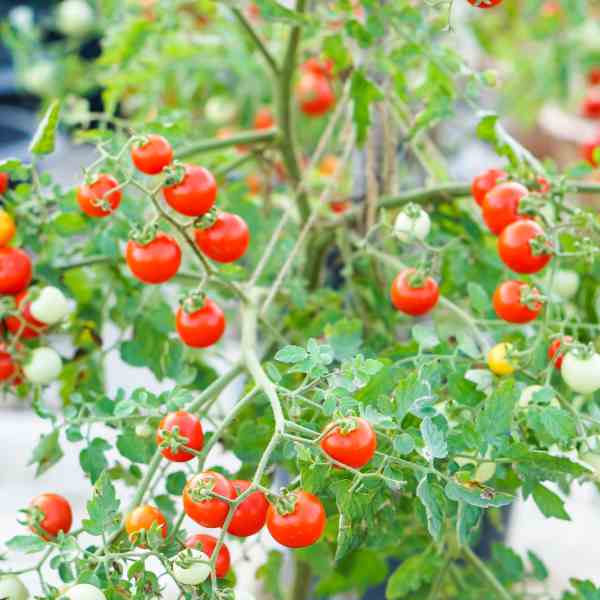
Introduction
Tomato Pimpinellifolium, commonly known as the currant tomato, is a wild ancestor of the modern-day tomato, Solanum Lycopersicon. This small, yet resilient species, native to South America thrives in diverse environments, from coastal areas to arid mountainous terrain.
The plant itself is perennial in its native habitat but is often treated as an annual in other regions. It grows as a sprawling vine that can reach up to 1 meter in height and enjoys similar growing conditions as its cultivated relatives, thriving in warm climates with plenty of sunlight.
Though Pimpinellifolium is not commonly found in grocery stores and supermarkets, its small, sweet fruits are appreciated by those who cultivate them.
Description
The currant tomato is distinguished by its small, bright-coloured fruits that cluster together like little jewels on the vine. These fruits, typically measuring between 1 to 2 centimeter’s in diameter, display an array of colours, including vibrant reds, yellows, and even shades of orange, which are visually appealing and full of concentrated flavours that can surpass those of larger tomatoes in sweetness and complexity.
Genetic Diversity
The significance of Pimpinellifolium stretches beyond just heirloom enthusiasts; it embodies an essential genetic reservoir for breeding programs aimed at improving disease resistance, flavour, and adaptability in cultivated tomatoes.
As climate change and agricultural pests pose increasing threats to global food security, the traits found in Pimpinellifolium become more valuable in breeding initiatives aimed at developing tomatoes that can thrive in an unpredictable future.
In The Kitchen
The flavour of currant tomatoes is often described as more intense and sweeter than that of regular tomatoes. A good source of nutrition and a delightful ingredient with many uses.
- Fresh Consumption: Due to their bite-sized nature, they can be enjoyed straight from the vine.
- Salads: These tiny tomatoes add a burst of colour and flavour to salads. They pair well with fresh greens, herbs, and other vegetables. A simple salad of mixed greens, currant tomatoes, mozzarella balls, and a drizzle of balsamic vinaigrette can be a refreshing side dish.
- Salsas and Sauces: The sweetness of Pimpinellifolium makes it an excellent base for fruit salsas. Combine chopped currant tomatoes with diced onions, jalapeños, coriander, and lime juice for a zesty salsa that can accompany grilled fish or chicken. They can also be blended into sauces for pasta, adding depth and sweetness to classic tomato-based recipes.
- Baking and Roasting: Currant tomatoes can be roasted to intensify their sweetness. Toss them with olive oil, salt, and pepper and roast until they burst. This technique can be used to create a delicious topping for bruschetta or as a side dish.
- Garnishes and Decorations: Their vibrant colours and small size make currant tomatoes an excellent garnish for various dishes. Whether placed atop a creamy soup or scattered on pizza, they can enhance both the visual appeal and flavour of a meal.
Conclusion
Pimpinellifolium may be small in size, but its impact on agriculture, ecology, and cuisine is significant. As researchers continue to explore its genetic potential, this wild tomato species stands as a testament to the rich biodiversity of our food heritage.
By embracing Pimpinellifolium in culinary applications, food lovers can savour its unique flavour while contributing to the appreciation of heirloom and wild species in their diets.

